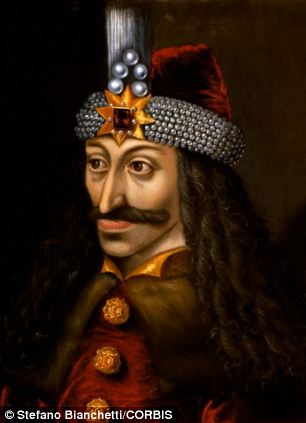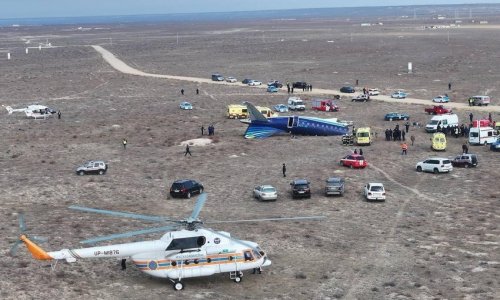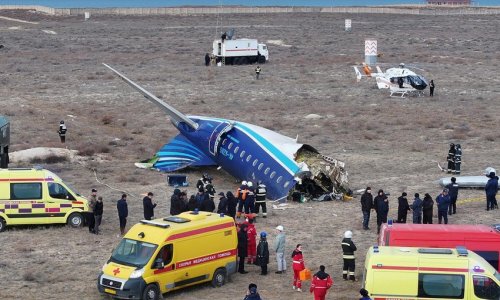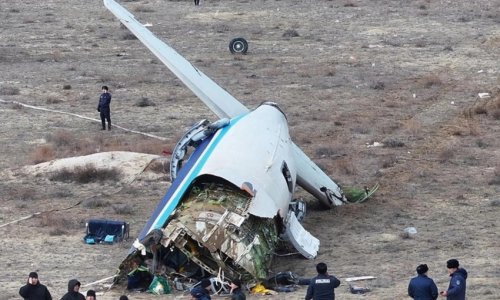But the remains of the real-life Dracula are today to be found not in the Romanian Alps but in Italy, according to new research.Count Vlad Tepes, the so-called Dracula, was thought to have died in battle. But scholars from the University of Tallinn say they have discovered documentary evidence that he was in fact taken prisoner, ransomed to his daughter - by then safe in Italy - and buried in a church in Naples.And a newly uncovered headstone in Naples' Piazza Santa Maria La Nova, in the same graveyard as his daughter and son-in-law, could be his final resting place, they say.Born in 1431, the notorious count was part of a noble family that was itself part of the Order of the Dragon, which was engaged in fighting the expansion of the Ottoman Empire into Europe. His father was nicknamed Dracul, meaning 'Dragon' so the young Vlad became Dracula, or 'son of Dragon'. In 1476 Dracula disappeared in battle. While some sources have claimed that he died, the researchers claim he was in fact imprisoned by the Turks, who hauled him away in chains.His daughter Maria was meanwhile brought to the Neapolitan court, whose ruling family was allied with her own family, where she was adopted and eventually married to a Neapolitan nobleman.Documents show that Maria in fact paid a ransom to the Turks for her father, who was then brought to Naples, the historians say.Student Erika Stella, investigating the cloister of Santa Maria Nova in Naples for her thesis, discovered the incongruous grave and returned with historians who undertook months of research.Medieval history scholar Raffaello Glinni said that the 16th century tomb is covered in images and symbols of the House of the Transylvanian 'Carpathians', not in keeping with the tomb of an Italian nobleman.‘When you look at the bas-relief sculptures the symbolism is obvious’, he told Neapolitan newspaper Il Mattino. 'The dragon means Dracula and the two opposing sphinxes represent the city of Thebes also called Tepes. In these symbols, Dracula Tepes, the very name of the count is written,’ he said. The researchers have now applied for official permission to investigate the grave.(dailymail.co.uk)Bakudaily.az
Is this Dracula's final resting place? - PHOTO
World
23:59 | 13.06.2014

Is this Dracula's final resting place? - PHOTO
He has cast a shadow over the craggy Transylvanian Alps for centuries.
Follow us !










